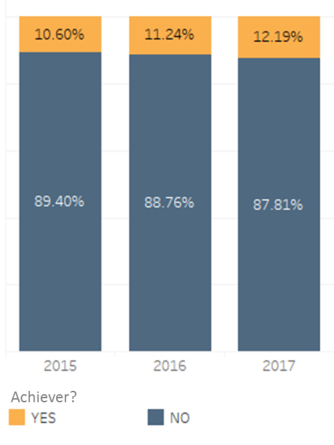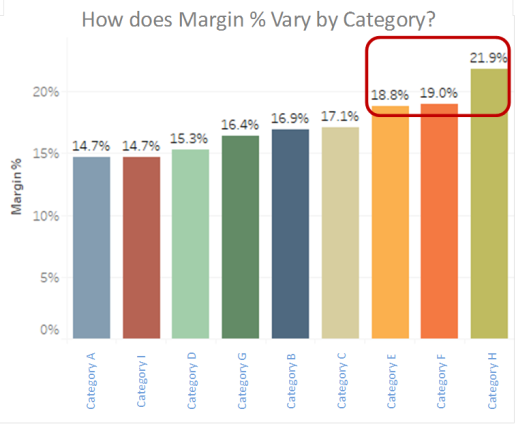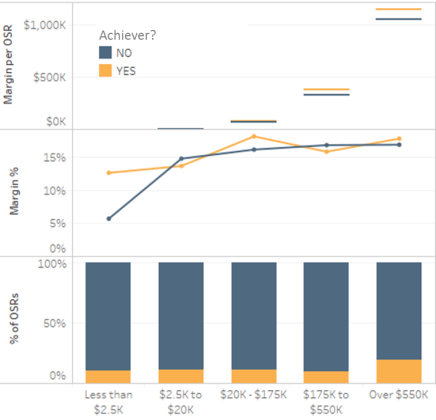The hidden dangers of incentive program rules structures
Written by: Barry Danielson
(View Author Bio)

I like to do a lot of planning when looking forward to vacations. I look for recommendations on things to do. I look for good rates on great hotels. I look for highly recommended restaurants. I look at weather forecasts. Okay, I might be a bit of a nerd, but with all of this information, I'm able to plan what we’ll do each day, where we’ll stay and where we’ll eat – all in an effort to make our trip as enjoyable as possible. Sounds great, right?
Well, even the best-laid plans have unintended consequences. I recall family vacations that turned out to be everything BUT enjoyable. On one trip, the leisurely bus ride I planned for my family to see the immensity and beauty of the Grand Canyon yielded 15 stops along the way. Around stop number three, my five year old exclaimed, “We just saw this!” You can imagine how the next 12 stops went. On another trip, my plan for a scenic drive along the “Going to the Sun Road” in Glacier National Park yielded stand-still traffic and two teenagers not experiencing any amount of enjoyment being trapped in the car.
Our best-laid plans in business can sometimes have the same unintended consequences that impede our goals. We recently had the opportunity to consult with the sales team leaders of a global, multi-billion dollar electric supply company. They had developed an incentive plan to increase sales by motivating their sales reps to grow their personal sales volume, margin % and margin dollars. The reps who achieved the largest growth earned an all-expenses paid reward trip to a fantastic destination.
As part of our consultation with this client, we asked whether or not the program was having the desired impact (motivating sales reps towards higher performance). As is the case with many of our clients, they weren’t really sure. As part of our commitment to producing measurable results for our customers, we knew we needed to dig a little deeper to help them figure out what was going on. We requested their historical program data and in our analysis of three years’ worth of metrics, several findings produced “aha” moments for our client.
1. The program had very little motivational impact, and in fact, had substantial DE-motivation impact on sales reps.
- Only 17% of all sales reps ever achieved the travel reward over the three year period.
- Only 1% of all sales reps achieved the travel reward in all three years.
- Because the incentive program structure was focused solely on growth, sales reps with lower Total sales/margin %/margin $ would achieve while reps with higher Total sales/margin %/margin $ would not. This type of structure was very demotivating to the organization’s top performers.

2. The program wasn’t maximizing potential drivers of outcomes (margin % and margin $).
- There was significant variation in margin %/$ based on product category.
- No part of the program rewarded growth in the highest margin category, a category that also had the added benefit of being ‘sticky’.

3. The program treated all sales reps as the same, despite some reps having very different levels of contribution.
- While margin $ varied significantly across all reps and reps achieving reward travel, margin % was relatively consistent for both achievers and non-achievers.

As a result of these insights, we were able to help our client develop sales incentive program rules structures that:
- Eliminate any potential de-motivators
- Maximize business impact by focusing reps on the most beneficial product categories
- Make sure all reps are inspired to improve performance
- Award reps appropriately for their level of contribution to the company’s success
So while we may not have access to every piece of information needed to make our vacations the best they can be, nearly all of the data we need about our business performance is available for analysis. Drawing insights from this data can create ‘aha’ moments that will ultimately help us inspire our sales teams to improve performance and deliver measurable results.










